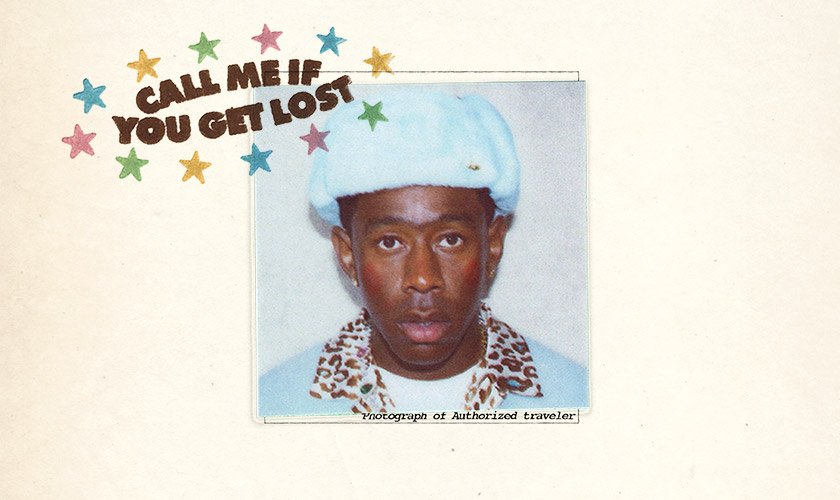An Unplanned Ending the Only Blemish on Janelle Monae's Voodoo Set

Her "Dirty Computer" tour presented a few new sides of Monae, which drew the biggest, most engaged crowd yet to see her in New Orleans.
[Updated] The last time Janelle Monae played Voodoo, it was located in City Park’s Marconi Meadows in 2010, She was touring behind her debut album, The ArchAndroid, and when she performed “Tightrope” to close the show, she tipped the tightrope on the ground in front of 50 or so people who supportively gave her room to move.
Saturday afternoon at Voodoo this year was a different experience. Her 5:30 p.m. set gave her the most supportive and maybe the biggest crowd she’s played for in New Orleans. Certainly bigger and less reserved than those who saw her at Congo Square at Jazz Fest in 2016, and if not numerically greater than the crowds that have seen her at Essence Festival in the Superdome, the audience at Voodoo looked larger since they were all in one place.
And once again, they were as supportive as they could be for her set-closing “Tightrope”—more supportive than Voodoo’s production team, who killed the PA at 6:30 exactly. It was her closing time, but nobody was starting on the nearby South Course Stage. Monae and her band played on through the theatrical finish of the song, complete with false finishes and her crawling to the lip of the stage. The audience stayed even though they couldn’t hear, and every time it looked like she was about to finish, people cheered her commitment and determination to do her show. Two or so minutes later, she struck a final pose and the audience continued to cheer. It had been with her for the whole ride and wasn’t stopping early, even if the soundman did.
The ending was the only blemish in an otherwise triumphant show. Monae entered the stage in bravura fashion to “Also Spruce Zarathustra,” the song that once signaled that Elvis was in the building. From the start of “Crazy, Classic Life,” she worked through the hour (and two minutes’) long set with an intelligent, deliberate efficiency, so much so that the show was as admirable as it was fun. She has a lot to say right now, so she rapped more than she has in the past. Most acts grind their shows to a halt for costume changes, but Monae got through four or five with little more than an extended guitar solo or a slow build in a song to buy her time. She even made one costume change onstage because she wasn’t messing around.
The Dirty Computer tour is Monae’s extended coming out party, and because her sexuality is central the moment, sex played a big part in the show. And, unlike a lot of songs about sex, hers were playful and sexy. Monae sang “Pynk” while wearing her vagina pants from the video for the song. But the set was never simply one thing, shifting gears to speak to her life as a woman, as an African American, and as a queer person. From the stage, she repeatedly spoke in inclusive terms, though she announced early in the show, “I’m tired of Republicans trying to tell me how I feel!”
The show was a natural step forward for Monae starting with the embrace of a third color—red. Up to this point, she wore only black and white, a choice she made to show solidarity with black working men and women and the wardrobes they had to wear. In the past, she wore her hair in a stylized pompadour instead of the long braids she wears today. In body-hugging clothes and a Cover Girl—literally—face, she asked the crowd in "Django Jane," “Remember when they thought I was too mannish?”
The Monae we saw was so carefully composed and the show, so obviously choreographed that it became clear that the Monae onstage was as much of a construction as Cindi Mayweather, the character whose story she told on The ArchAndroid and Electric Lady. That said, coming out is clearly a process for her, and one that is happening in stages, according to The New York Times Magazine story on her from earlier this year. She’s taking each step on her terms which is as it should be, but the relationship between the on- and offstage Monae became an interesting subtext as the show went on.
Her ironies and contradictions only added layers of meaning and significance. She self-consciously situated herself in the pantheon of black funk icons as she morphed “Primetime” into “Purple Rain” while her guitarist took a very Prince-ly solo, and the very funky “Electric Lady” had George Clinton’s P-Funk in its DNA. She extended “Make Me Feel” from Dirty Computer by mashing it up with the “baby baby baby” part of James Brown’s “I Got a Feelin’,” and none of the gestures seemed at all audacious or unearned.
In fact, she made those men and their music serve her pro-inclusion agenda, most of which manifested in songs about loving who you love the way you want to love them. It was nice to see that songs tied to this moment and that message helped Monae start to find the audience in New Orleans that has so far eluded her. In previous visits, she was a curiosity—someone famous, critically acclaimed and confusing. On Saturday at Voodoo, she was loved.
Here's the story of my interview with Monae in 2014.
Updated October 30, 7:25 p.m.
The name of Monae's character was incorrect in the original text. It has been updated and corrected. The photo by Erika Goldring has been added to replace the publicity photo in the original post.






